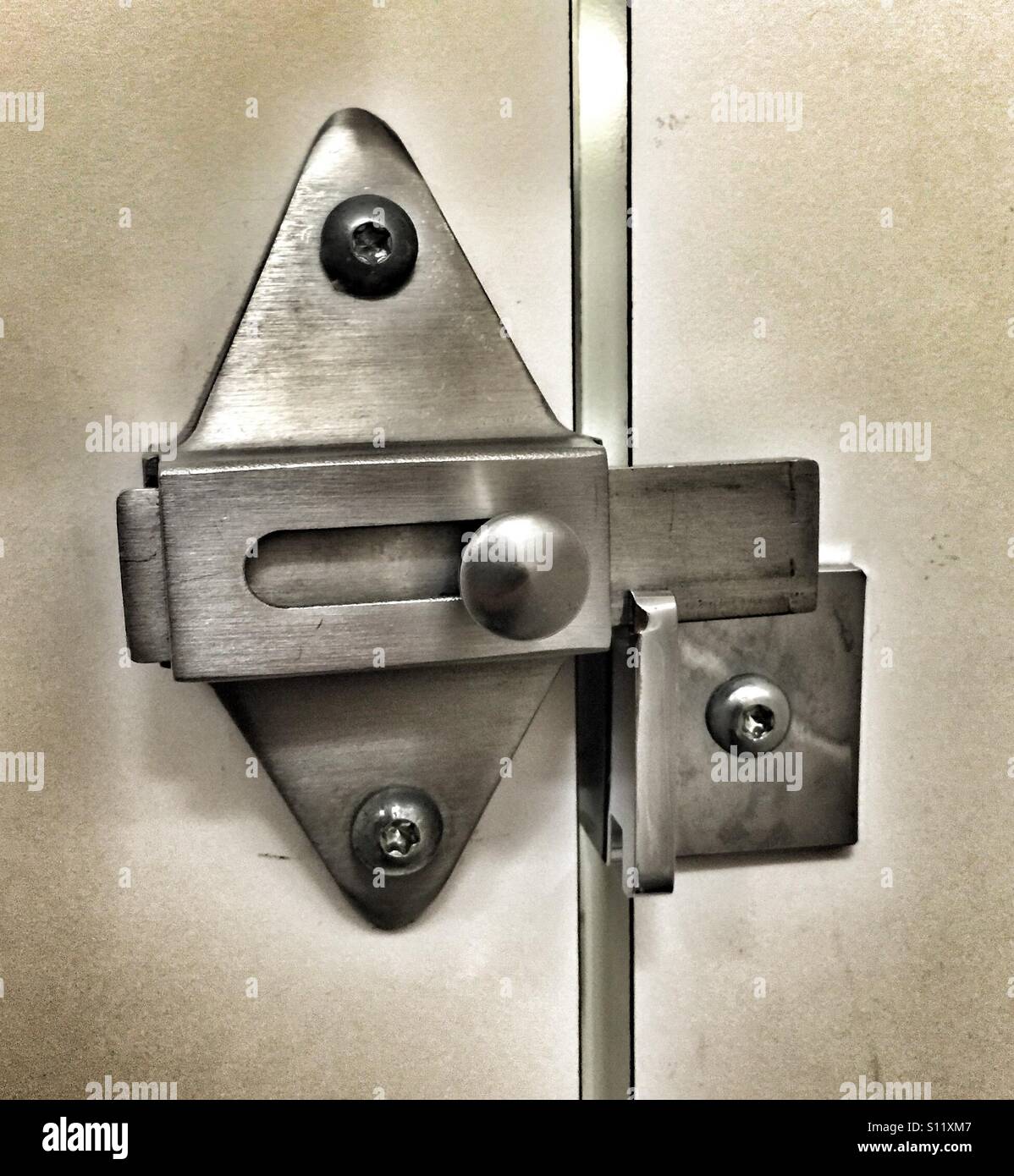pwood
REGISTERED
chapter 11 of the calif bldg code requires a privacy latch on single occupancy restrooms. what exactly is a "privacy latch"? vacant/ occupied maybe?
Your premier resource for building code knowledge.
This forum remains free to the public thanks to the generous support of our Sawhorse Members and Corporate Sponsors. Their contributions help keep this community thriving and accessible.
Want enhanced access to expert discussions and exclusive features? Learn more about the benefits here.
Ready to upgrade? Log in and upgrade now.
My brother and I preferred wire hangers...who knew that something as simple as unlocking a privacy lock could be so irritating.LGreene said:Like the bathroom lock at home...the kids use a paper clip to unlock the door on each other.


chapter 11 of the calif bldg code requires a privacy latch on single occupancy restrooms. what exactly is a "privacy latch"? vacant/ occupied maybe?
Points well taken.For a door make sure the latch is accessible. Many Privacy locks are not accessible to people with disabilities.
Some buttons and twist keys are not easily manipulated with some disabilities.


I have heard that Oregon's accessibility standard required an occupancy indicator but that the requirement was removed from the most recent edition of the standard. That's the only place I've seen an indicator required by code. As stated above, a privacy latch is like a lock but you can use a tool to unlock it from the outside rather than a key. Like the bathroom lock at home...the kids use a paper clip to unlock the door on each other.
Thats an ominous title for a document that deals with restroom locks.Oregon Structural Specialty Code,.)
Oregon's requirement for the "OCCUPIED INDICATOR" has returned!
It is hidden in Chapter 12 of the Oregon Structural Specialty Code, Section 1209.3.1, titled, "Single-use Toilet and Bathing Room.
"Doors to single-user toilet and bathing rooms, including family or assisted use rooms shall be securable from within the room and shall be provided with a privacy lock and an occupied indicator complying with Section 1010.1.9.6."
(1010.1.9.6 Unlatching. The unlatching of any door or leaf shall not require more than one operation.)

Thats an ominous title for a document that deals with restroom locks.
Dont know about that, but i will give a real world example from the branch banks i renovate. Code requires us to provide customer access to restrooms. (Ok, maybe not code, maybe its zoning ordinance, or ada or whatever. Don’t argue). But in many locations we don’t want to give free access to non customers, and mainly to the homeless who don’t treat the restroom nicely. So we put a key-lock on the door, and let anyone borrow the key as needed.Questions:
Is an occupancy indicator is now a type of code-required signage for the benefit of the public?
Good idea ... On paper. But when dealing with “educated” public you have to think of everything. Case in point ... the branch managers frequently get approached by customers who insist that its a code requirement to install electric door operators. The complainers are just as often walking as they are visibly handicapped. I think lazy is the term.I agree with Mark.....don't over think this.
